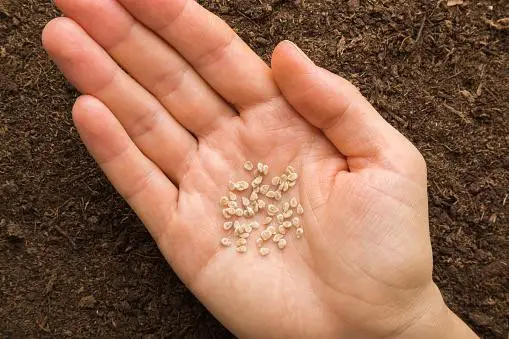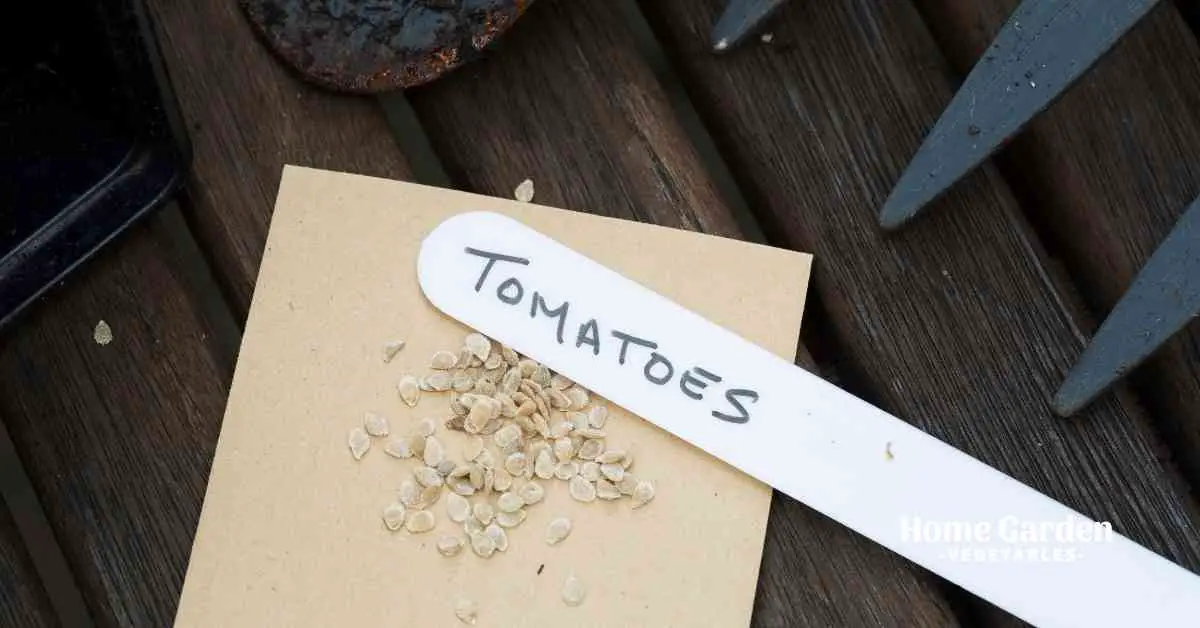Saving your heirloom tomato seeds for the next planting season is an excellent way to save money. It’s common knowledge that you should ferment your tomato seeds to preserve them, but this isn’t always the best option. To prevent the fermentation of tomato seeds, what are your options?
Tomato Seeds
Tomato seeds may be stored on paper towels or in soil without fermentation. Please ensure that your seeds are free of pathogens by thoroughly cleaning them before planting.
Reader Poll: What online courses would interest you?

What are the next steps for each of these three strategies??? Which of the following is the easiest approach for keeping tomato seeds? It is possible to preserve tomato seeds in both long-term and short-term methods. What do you say? Let’s find out!
There are three techniques to preserve tomato seeds, all of which don’t need fermentation. Now let’s take a closer look at these simple treatments that need very little equipment.
Remove The Tomato Seeds
Before any of the seed-saving treatments outlined below may be undertaken, tomato seeds must be carefully cleansed first. To prevent the gel from encasing the seeds from preventing germination and potentially transmitting the disease to the new plant, this method is advised.
Subscribe to our newsletter!
You should remove the gel covering from the tomato seeds before storing them, but it isn’t a must. Cucumber, sieve, spoon, and knife are all you’ll need for this recipe’s last step: cutting up the tomatoes.
Seeds from tomatoes should be removed from the fruit and stored in an airtight container to remove the gel covering. After removing all of the seeds, fill the jar halfway with warm (but not quite boiling) water and screw the lid on firmly.
Remove the seeds from the water after about five minutes of incubation. It is important to mix the jar of seeds and water once this length of time has elapsed. Place the sieve over the basin and pour the seed-and-water combination through it.
The seeds should be kept in the sieve while the water and tomato gel drop through. You may utilize the stored seeds in the following manner.
Using A Paper Towel To Preserve Seeds
Fermentation has been known for a long time and is frequently utilized, but others argue that the paper towel method of drying out and storing seeds, which has been around for a while, is even better. To do this simple technique, you don’t need any additional equipment.
Even if you don’t wish to clean your tomato seeds, they will disintegrate over time if you don’t remove any germs from them.
Tomato seeds are scattered over a piece of paper towel.
Tweezers or a spoon may be used to remove the seeds from the tomato. You’ll also need some paper towels.
After slicing open a tomato, place a paper towel on top of the slices. Then, use the techniques mentioned above to thoroughly clean the seeds.
The seeds may be emptied from your sieve and dried on a paper towel. This is the second step.
Because the drying duration will be determined by how thoroughly you separate the seeds, this is the last and most important phase.
To prevent the seeds from drying out, you’ll want to keep them somewhere warm but out of direct sunlight.
The seeds should be stored in a dry area for at least two or three weeks before you plant them. You may keep the seeds from this year’s planting season in a cool, dry area until next year.
When You Plant A Tomato, Don’t Forget To Save The Seeds
Another approach to assist the environment is to donate some of your tomato seeds to a seed bank. Divide your seed tomatoes into two piles, one for conserving paper towels and one for this purpose. Even if you don’t want to.
It is possible to follow this method without first washing your tomato seeds. However, this procedure is not recommended since the seeds may not germinate owing to unforeseen circumstances. For as long as the growing season lasts, you may effectively “plant” tomato seeds by using this method.
You’ll need a basin and some tomatoes for this initial stage.
A 2-inch-deep hole in your garden where you know it won’t be disturbed before tomato planting season and that satisfies the demands of tomato plants should be dug and covered with organic mulch to prevent weeds and seeds from sprouting.
Once the hole has been excavated, put tomato seeds from a dish into it and cover them with dirt.
Using a plant marker is a good way to keep track of where you’re going.
It’s best to remove mulch in the spring, and then water the site with a light hand stir and a sprinkle.
To activate the tomato seeds, cover the area with a plastic sheet after the ground has warmed up. As long as you don’t neglect the tomato seeds, they should germinate within a few weeks.
Tomato Seeds Should Be Kept In A Cool, Dry Place
Tomato seeds may be stored in a variety of ways depending on how long you want to keep them after washing and drying them. As long as feasible after washing and drying, tomato seeds should be kept in an airtight container. Tomato seeds may be stored for long or short periods.
There are advantages and disadvantages to short-term and long-term storage of tomatoes, depending on whether or not you want to grow them again in the future.
Due to its vulnerability to rapid dehydration, the most challenging component of growing tomatoes is keeping their seeds dry. We’ll cover both short-term and long-term storage options for tomato seeds in this section.
Now that you know how to collect seeds please read my ultimate guide to growing tomatoes from seed!

